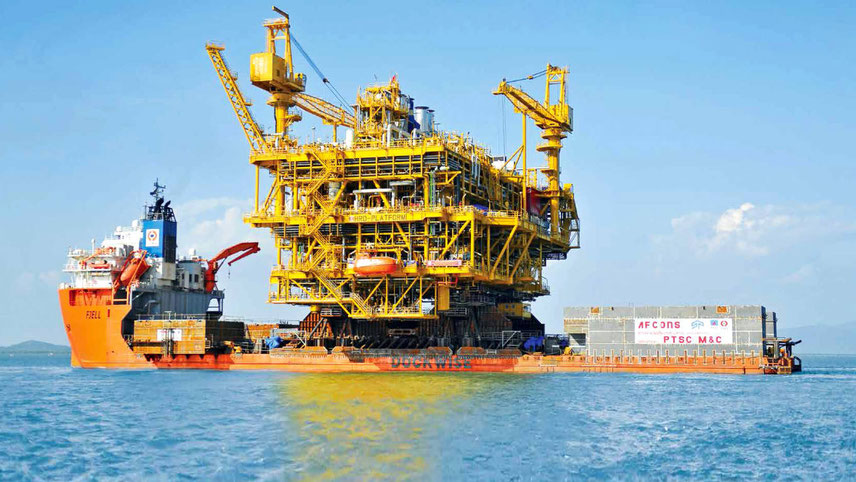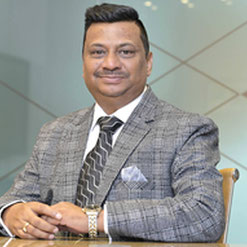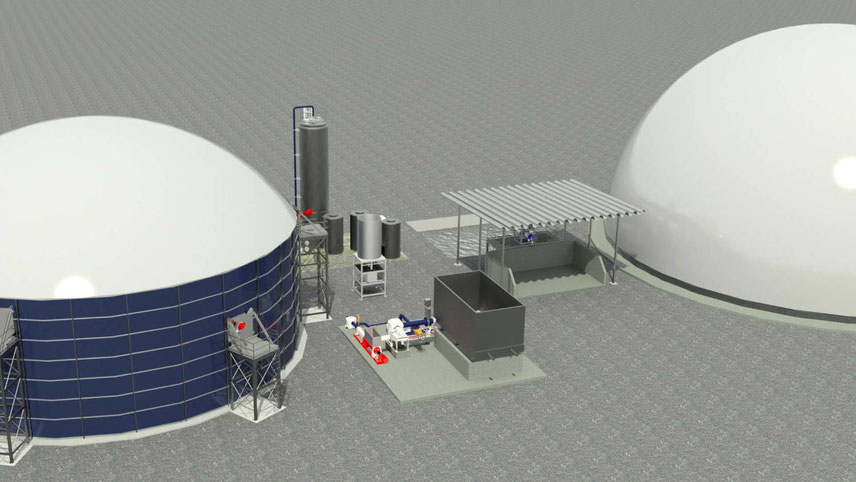-
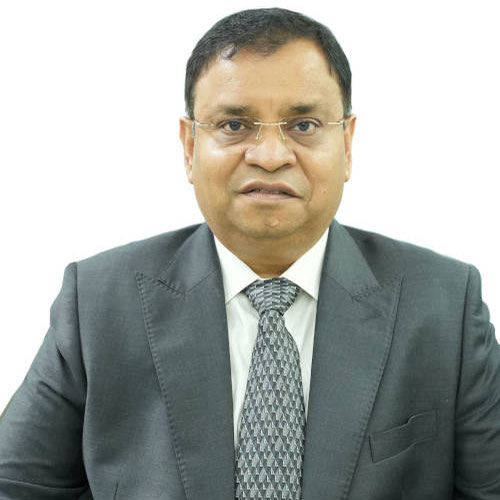
Lodha: achieving unprecedented results
“Hence, the AIRAWAT listing is a step towards the National Strategy for AI mission and is specifically designed to help the AI end user fraternity execute tasks relevant to Machine Learning (ML) and Deep Learning (DL) applications”, says Lodha. “The supercomputer targets the addressing of common basic challenges such as access, affordability and availability of quality healthcare, education, agronomics and mobility solutions,” he explains.
Building bespoke solutions
“Netweb, carving a niche for itself in the supercomputer mission, designs, manufactures and deploys its HCS comprising proprietary middleware solutions, end user utilities and pre-compiled application stack,” says Hirdey Vikram, Chief Marketing Officer. “Our deep expertise in system design and architecture has helped us innovate and build bespoke solutions.”
The National Supercomputing Mission is setting up a grid of supercomputing facilities in academic and research institutions across the country, with National Knowledge Network (NKN) as the backbone. The Mission is being jointly steered by the Department of Science and Technology (DST) and the Ministry of Electronics and Information Technology (MeitY) and implemented by C-DAC and the Indian Institute of Science (IISc), Bengaluru. PARAM (PARAllel machine) Shivay, the first supercomputer assembled indigenously, was installed in IIT (BHU), followed by subsequent installations of PARAM Shakti, PARAM Brahma, PARAM Yukti and PARAM Sanganak at IIT-Kharagpur, IISER, Pune, JNCASR, Bengaluru and IIT-Kanpur, IIT Hyderabad, NABI Mohali and C-DAC Bengaluru respectively. India’s march towards a leadership position in supercomputing found a fresh dimension with the convergence of HPC and Artificial Intelligence (AI).
Currently, Netweb offers a range of high-end computing solutions (HCS) including supercomputing systems, private cloud and HCI, AI systems and enterprise workstations, HPS solutions, data centre servers, as well as software and service tailored for its HCS offerings. The company’s supercomputing systems and private cloud and HCI have generally been its largest revenue generating business verticals.
Two years ago, when the Covid-19 epidemic first emerged, it propelled some enterprises into the future and sharply accelerated their efforts at digital transformation. As remote work became more prevalent and market demands altered, workplace environments quickly transformed.
While building the next iteration of the hybrid workforce, tech businesses will probably adapt their cultures and speed up experimenting with collaborative solutions as they gain more collective experience with mixed workforces. The aim is to combine the best aspects of both remote and office work in order to retain and attract talent by striking a balance between the desired flexibility between individuals and organizational needs.
High-end Computing Solutions (HCS) and Related Segments Market Overview High-end computing solutions make it possible for organisations to create more efficient operations, reduce downtime and improve worker productivity. “For example, high performance computing (HPC) is a high-end computing solution that provides faster AI model iterations, flexible deployment, and open innovation among other benefits over the traditional solutions,” says Lodha.
HPC systems have gained popularity over time due to their ability to handle large multidimensional datasets (big data) and solve complex problems at breakneck speeds by utilising clusters of powerful processors. HPC technology uses clusters of powerful processors, working in parallel, to process massive multi-dimensional datasets (big data) to solve complex problems at extremely high speeds.
“Generally speaking, HPC systems outperform commodity desktop, laptop, and server computers with speeds more than a million times faster,” says Lodha.
-

Jain: we are eligible for PLI
HPC dominates
The notable segments that employ HPC include aerospace for creating complex simulations, such as airflow over the wings of planes; manufacturing; executing simulations, such as those for autonomous driving, to support the design, manufacture, and testing of new products, resulting in safer cars, lighter parts, more efficient processes, and fintech innovations; Genomics for sequencing DNA, analysing drug interactions, and running protein analyses to support ancestry studies; healthcare for researching drugs, creating vaccines, and developing innovative treatments for rare and common diseases; media and entertainment for creating animations, rendering special effects for movies, transcoding huge media files, and creating immersive entertainment; oil and gas for performing spatial analyses and testing reservoir models to predict where oil and gas resources are located, and conducting simulations such as fluid flow and seismic processing, and finally retail for analysing massive amounts of customer data to provide better-targeted product recommendations and better customer service.
Since inception, Netweb has undertaken installations of over 300 supercomputing systems, more than 50 private cloud and HCI installations, over 4,000 accelerator/GPU based AI systems and enterprise workstations; and HPS solutions with throughput storage of up to 450 GB/sec. “The company’s proprietary designs are cloud-native which, in addition to technological benefits, are capable of catering to the evolving needs of customers,” says Hemant Agarwal, Chief Operating Officer, Netweb, who heads the technology cell.
The Indian supercomputing systems market is expected to grow from $539 million in Fiscal 2023 to $919 million in Fiscal 2029 at a CAGR of 9.3 per cent. Further, government measures aimed at driving digital infrastructure growth include the Digital India initiative. Some of the Digital India initiative programmes are DigiLocker, E-hospitals, E-Pathshala, Bharat Interface for Money (BHIM), etc. Further, defence and government activities are supported by AI & EW systems for enhanced decision-making and productive work performance in India, according to an F&S report.
“Netweb, on its part, caters to marquee customers across various end-user industries such as information technology, information technology enabled services, entertainment and media, banking, financial services and insurance (BFSI), national data centres and government entities including in the defence sector, education and research development institutions,” says Agarwal.
Its client roster includes Indian Institute of Technology (IIT) Jammu, IIT Kanpur, NMDC Data Centre Private Limited (NMDC Data Centre), Airamatrix Private Limited (Airamatrix), Graviton Research Capital LLP (Graviton), Institute of Nano Science and Technology (INST), HL Mando Softtech India Private Limited (HL Mando), Dr. Shyam Prasad Mukherjee International Institute of Information Technology, to name a few.
The industry is R&D-intensive and relies significantly on technically qualified resources, as per Frost and Sullivan (India) Private Limited. (F&S). Netweb says it has endeavoured to inculcate a culture of innovation in the company and instil a firm belief that R&D is a key element of growth and will continue to remain so. Thus, says Vikram: “Netweb also caters to an Indian Government space research organisation and an R&D organisation of the Ministry of Electronics and Information Technology, Government of India which is involved in carrying out R&D in information technology and electronics, and associated areas including supercomputing. So far, two of Netweb’s supercomputers have been listed 10 times among the world’s top 500 supercomputers.”
Recently, in Fiscal 2023, Netweb forayed into developing new product lines such as Network Switches and 5G ORAN Appliances which are critical to the data centre industry for enterprise IT, and the telecommunication industry for enabling 5G services. This should be able to address the dearth in the Indian network switch market and reduce India’s dependency on foreign OEMs.
-
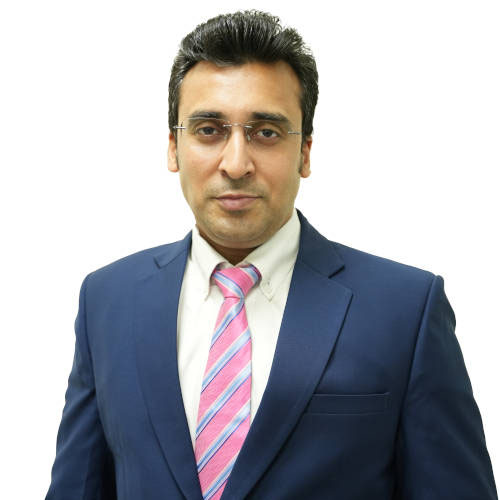
Vikram: deep expertise helps to innovate
Netweb’s manufacturing facility is located in Faridabad, Haryana and is equipped with capabilities to design, develop, manufacture and test its products, and cater to the company’s software and service portfolio. “We are compliant with the ‘Make in India’ policy of the Government of India and are also one of the few OEMs in India eligible to seek production linked incentives,” says Netweb CFO, Prawal Jain.
The company collaborates with various technology partners, such as Intel Americas, Inc. (Intel), Advanced Micro Devices, Inc (AMD), Samsung India Electronics Private Limited, Nvidia Corporation (Nvidia), and Seagate India Private Limited to design and innovate products and provide services tailored to specific customer requirements. It also independently designs and innovates products and solutions offerings and provide services tailored to specific customer requirements.
Rise in revenues
“Between 31 March, 2022 and 28 February, 2023, it has more than doubled its order book value from Rs48.56 crore to Rs98.12 crore,” says Jain. For the fiscal year 2022, the company’s revenue from operations increased 73 per cent to Rs247.03 crore against Rs142.79 crore a year ago, primarily due to an increase in the sale of supercomputing systems, AI systems, enterprise workstations and data centre servers, the 5G business as well as cloud solutions for an international telecommunication service provider. Net profit for the period increased 172.82 per cent to Rs22.45 crore as against Rs8.23 crore last year. “For the six months ended 30 September, 2022, revenue from operations stood at Rs143.02 crore and net profit stood at Rs14.73 crore,” says Jain.
The global IT Industry was estimated to be worth $4,817 billion in FY22. The market is estimated to be $5,156 billion in FY 2023 and $7,846 billion by FY29 with a CAGR of 7.2 per cent. The Indian IT Industry market was $201,000 million in FY22. The market is projected to be $225,000 million in FY23 and is expected to reach $ 372,706 million by FY29 with a CAGR of 8.8 per cent over the forecast period (FY23-29). A stable economy, the expansion of e-commerce, the upgrade of mobile networks to 4G and 5G, and the implementation of ‘Make in India’ as well as PLI Schemes are some of the elements that will contribute to the expansion of the IT industry in India.
It is against this backdrop that Netweb’s upcoming IPO assumes significance. The company has already filed its draft red herring prospectus (DRHP) with the market regulator Securities and Exchange Board of India (SEBI). The combo issue with a face value of Rs2 per equity share consists of a fresh issue of equity shares worth up to Rs257 crore and an offer-for-sale (OFS) of up to 8.5 million equity shares by promoters selling shareholders.
Currently there are no listed companies feature in the HCS Solutions segment, but for comparison purposes, the DRHP states that Syrma SGS Technology Limited, Kaynes Technology India Limited and Dixon Technologies (India) Limited are its peers.
Netweb’s HCS offerings cater to various application industries such as information technology, information technology enabled services, entertainment and media, BFSI, and government entities including the defence, education and research development institutions and national data centres such as the NMDC Data Centre. It will now strive to expand verticals such as oil and gas in India, and deepen its penetration across sectors such as the automobile sector, particularly in western and southern regions of India, BFSI clusters in the western region of India, and multi-sector corporates in order to expand its customer base.
-

Data Centre: a revenue generating vertical
The Indian oil and gas industry has witnessed a growth rate of over 5 per cent between Fiscal 2020 and Fiscal 2021 and is expected to grow at a CAGR of over 3 per cent by Fiscal 2027. The Indian oil and gas industry is on a rapid expansion spree as the Government of India plans to invest Rs7.5 lakh crore. ($102.49 billion) on oil and gas infrastructure.
Further, in September 2021, the Government of India approved oil and gas projects worth Rs1 lakh crore ($13.46 billion) in Northeast India, says the F&S Report. India could also likely witness an investment of $58 billion in finding and producing oil and gas resources in 2023, according to the F&S Report.
Growth in the oil and gas industry in India is expected to be driven by the use of high-end computing solutions, such as supercomputers and AI. Oil and gas companies are increasingly relying on powerful computers/supercomputers to process complex data faster and that enables these companies to cut costs while boosting productivity and the success rates of various projects. Supercomputers also assist these companies in developing advanced imaging algorithms that enhance the quality of sub-surface imaging, where oil may be found.
According to the F&S report, the key regions driving growth include Telangana, Andhra Pradesh, Uttar Pradesh and Gujarat and the Union Territory of Jammu & Kashmir, where governments are proposing to make large strategic investments in technology.
Netweb will therefore, focus on these states and is in the process of aligning its HPC solutions to cater to the Indian oil and gas sector to facilitate it with reservoir simulation and seismic data processing workloads, using its mix workload architecture and utilities.
The F&S report further states India is experiencing a banking transformation and is ideally positioned to become a worldwide leader in Fintech. India dominates the fintech market in terms of technological innovation and acceptance, with a high adoption rate of 87 per cent. Netweb’s Tyrone ParallelStor and Dense Camarero systems with integrated private cloud plug-ins already to cater to the BFSI sector and it plans to leverage its expertise with parallel file system (PFS) solutions and cloud native designs and also design additional products in line with the evolving needs of the BFSI sector.
Currently, the automobile industry contributes 7.1 per cent of India’s GDP and 49 per cent of its manufacturing GDP. The Indian automobile industry is expected to grow at approximately 8-10 per cent till 2027. Growth in the automobile industry in India is expected to be driven by the use of high-end computing solutions, such as supercomputers and AI, the F&S Report says and Netweb will endeavour to leverage its range of products and solutions offering to cater to the industry.
-
Netweb now looks to expand and grow its geographical footprint in EMEA by offering private cloud and HCI, HPC solutions, AI systems and enterprise workstations, and 5G products and solutions, where the company has already established its footprints
To cut its reliance on third-party entities, Netweb proposes to set up a manufacturing facility at Faridabad Industrial Town (FIT) while continuing to expand the product portfolio by offering 5G and private 5G solutions and network switches. Fiscal 2023 witnessed the introduction of the 5G network in the Indian market and this is expected to witness a high growth rate in the years to come.
It is projected to grow at a CAGR of over 90 per cent from Fiscal 2024 to Fiscal 2028. Blockchain and artificial intelligence are transforming industries across the globe. Blockchain is a solution to provide insights into AI’ s framework and model to meet the challenge of transparency and data integrity through the immutable digital records, says the F&S report.
Netweb has consistently expanded its product portfolio by venturing into blockchain based AI systems. “Netweb now looks to expand and grow its geographical footprint in EMEA by offering private cloud and HCI, HPC solutions, AI systems and enterprise workstations, and 5G products and solutions, where the company has already established its footprints,” says Vikram. The 5G market in European and African countries is expected to grow at a CAGR of 45.7 per cent between Fiscal 2023 and Fiscal 2029 as per F&S estimates.
Netweb plans to focus on 5G IT infrastructure roll-outs that require its specialised solutions and leverage its existing strengths as it already caters to a number of Indian multinational companies that have operations overseas. 5G is expected to drive growth in businesses globally.
The 5G market in European and African countries is expected to grow at a CAGR of 45.7 per cent between 2023 and 2029. Mobile service providers in the Asia Pacific region intend to invest $227 billion on 5G deployments between 2022 and 2025. 5G networks, cloud services, edge computing, AI, big data, and the Internet of Things will all be key to fully achieving the promise of a post-pandemic digital economy.
These new networks are aiding the transformation of business and manufacturing, in addition to enabling cutting-edge new consumer services and fostering economic growth, according to the F&S Report. With these unlimited opportunities, Netweb seems to be set for its next phase of growth.


















